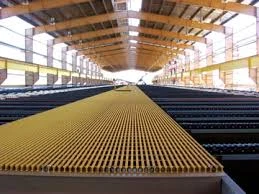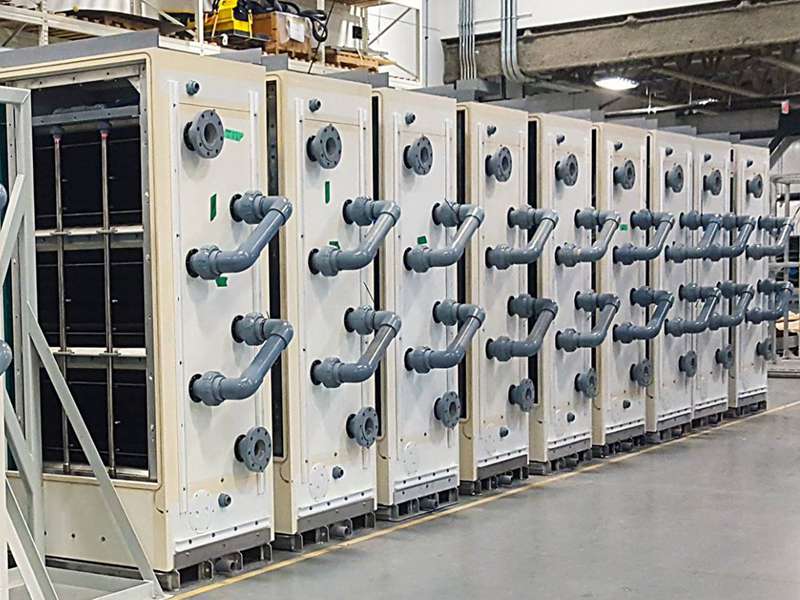
-
 Afrikaans
Afrikaans -
 Albanian
Albanian -
 Amharic
Amharic -
 Arabic
Arabic -
 Armenian
Armenian -
 Azerbaijani
Azerbaijani -
 Basque
Basque -
 Belarusian
Belarusian -
 Bengali
Bengali -
 Bosnian
Bosnian -
 Bulgarian
Bulgarian -
 Catalan
Catalan -
 Cebuano
Cebuano -
 China
China -
 China (Taiwan)
China (Taiwan) -
 Corsican
Corsican -
 Croatian
Croatian -
 Czech
Czech -
 Danish
Danish -
 Dutch
Dutch -
 English
English -
 Esperanto
Esperanto -
 Estonian
Estonian -
 Finnish
Finnish -
 French
French -
 Frisian
Frisian -
 Galician
Galician -
 Georgian
Georgian -
 German
German -
 Greek
Greek -
 Gujarati
Gujarati -
 Haitian Creole
Haitian Creole -
 hausa
hausa -
 hawaiian
hawaiian -
 Hebrew
Hebrew -
 Hindi
Hindi -
 Miao
Miao -
 Hungarian
Hungarian -
 Icelandic
Icelandic -
 igbo
igbo -
 Indonesian
Indonesian -
 irish
irish -
 Italian
Italian -
 Japanese
Japanese -
 Javanese
Javanese -
 Kannada
Kannada -
 kazakh
kazakh -
 Khmer
Khmer -
 Rwandese
Rwandese -
 Korean
Korean -
 Kurdish
Kurdish -
 Kyrgyz
Kyrgyz -
 Lao
Lao -
 Latin
Latin -
 Latvian
Latvian -
 Lithuanian
Lithuanian -
 Luxembourgish
Luxembourgish -
 Macedonian
Macedonian -
 Malgashi
Malgashi -
 Malay
Malay -
 Malayalam
Malayalam -
 Maltese
Maltese -
 Maori
Maori -
 Marathi
Marathi -
 Mongolian
Mongolian -
 Myanmar
Myanmar -
 Nepali
Nepali -
 Norwegian
Norwegian -
 Norwegian
Norwegian -
 Occitan
Occitan -
 Pashto
Pashto -
 Persian
Persian -
 Polish
Polish -
 Portuguese
Portuguese -
 Punjabi
Punjabi -
 Romanian
Romanian -
 Russian
Russian -
 Samoan
Samoan -
 Scottish Gaelic
Scottish Gaelic -
 Serbian
Serbian -
 Sesotho
Sesotho -
 Shona
Shona -
 Sindhi
Sindhi -
 Sinhala
Sinhala -
 Slovak
Slovak -
 Slovenian
Slovenian -
 Somali
Somali -
 Spanish
Spanish -
 Sundanese
Sundanese -
 Swahili
Swahili -
 Swedish
Swedish -
 Tagalog
Tagalog -
 Tajik
Tajik -
 Tamil
Tamil -
 Tatar
Tatar -
 Telugu
Telugu -
 Thai
Thai -
 Turkish
Turkish -
 Turkmen
Turkmen -
 Ukrainian
Ukrainian -
 Urdu
Urdu -
 Uighur
Uighur -
 Uzbek
Uzbek -
 Vietnamese
Vietnamese -
 Welsh
Welsh -
 Bantu
Bantu -
 Yiddish
Yiddish -
 Yoruba
Yoruba -
 Zulu
Zulu
Effective Solutions for Enhancing Air Quality with GRP Demisters
Understanding GRP Demisters An Essential Component in Separation Technology
In various industrial applications, the efficient separation of liquids from gases is paramount. One critical device that aids in this process is a GRP (Glass Reinforced Plastic) demister. These devices play a significant role in ensuring that gas streams are free of liquid droplets, thereby protecting downstream equipment and enhancing overall process efficiency. This article delves into the functionality, benefits, and applications of GRP demisters.
What is a GRP Demister?
A GRP demister is a type of gas-liquid separation device that utilizes a fibrous medium to capture and condense droplets of liquid from gas streams. It is composed of a glass-reinforced plastic structure, which offers excellent corrosion resistance and mechanical strength, making it suitable for a wide range of industries. The fibrous medium, often made from synthetic materials, acts as a barrier that intercepts and coalesces liquid droplets, allowing purified gas to pass through.
How Does a GRP Demister Work?
The operation of a GRP demister is based on the principle of coalescence. As the gas stream passes through the demister, it encounters the fibrous media. Small liquid droplets in the gas are trapped by the fibers, which then collide and merge with other droplets to form larger droplets. Gravity aids in the separation process as these larger droplets become heavy enough to fall to the bottom of the demister, where they can be collected and removed. The remaining gas exits the demister virtually free of liquid contamination.
Benefits of GRP Demisters
1. Corrosion Resistance One of the most significant advantages of GRP materials is their resistance to corrosive environments. This feature is particularly beneficial in industries like chemical processing, oil and gas, and wastewater treatment, where exposure to harsh chemicals is common.
2. Lightweight and Easy to Handle GRP demisters are considerably lighter than their metal counterparts, making them easier to transport and install. This attribute is essential in applications where weight restrictions are a concern.
3. Cost-Effectiveness The use of GRP can lead to significant cost savings over time. Not only do they require less maintenance due to their corrosion resistance, but they also have a longer lifespan, reducing the need for frequent replacements.
grp demister

4. High Efficiency GRP demisters are designed for high-efficiency separation, effectively removing a substantial percentage of liquid droplets from gas streams. This efficiency is crucial for preventing damage to downstream equipment and ensuring optimal product quality.
5. Versatility These demisters can be tailored for various flow rates and operational conditions, making them versatile components in different processes. They can be designed for specific applications, ensuring the best performance.
Applications of GRP Demisters
Due to their robust design and reliable performance, GRP demisters find applications across numerous industries
- Oil and Gas Industry They are used to separate water and hydrocarbon droplets from gas streams, preventing damage to compressors and turbines downstream.
- Chemical Processing In chemical plants, GRP demisters help remove liquid carryover in vaporized chemical reactions, improving the efficiency of processes.
- Wastewater Treatment They are employed in sewage treatment plants to extract excess moisture from biogas, ensuring cleaner emissions and maximizing biogas production.
- Power Generation In power plants, especially those using natural gas, GRP demisters are crucial for maintaining the integrity of gas turbines by preventing liquid moisture from causing operational disruptions.
Conclusion
In conclusion, GRP demisters are an indispensable component in various industries, effectively ensuring the separation of liquids from gas streams. Their unique properties, including corrosion resistance, lightweight design, and high efficiency, make them a preferred choice for numerous applications. As industries continue to evolve and the demand for reliable separation technology grows, the role of GRP demisters will undoubtedly remain significant in enhancing operational efficiencies and protecting critical equipment.
Latest news
-
Dual Laminate Products | Superior Corrosion ResistanceNewsAug.03,2025
-
Premium Gratings & Covers | GPT-4 Turbo Enhanced SafetyNewsAug.02,2025
-
Large Size Field Tanks with AI-Powered EfficiencyNewsAug.01,2025
-
Premium Ladders & Handrails | AI-Safety with GPT-4-TurboNewsJul.31,2025
-
Smart Fittings with GPT-4 Turbo: AI-Powered PrecisionNewsJul.31,2025
-
Steps: Simple Solutions for Every ProcessNewsJul.30,2025









